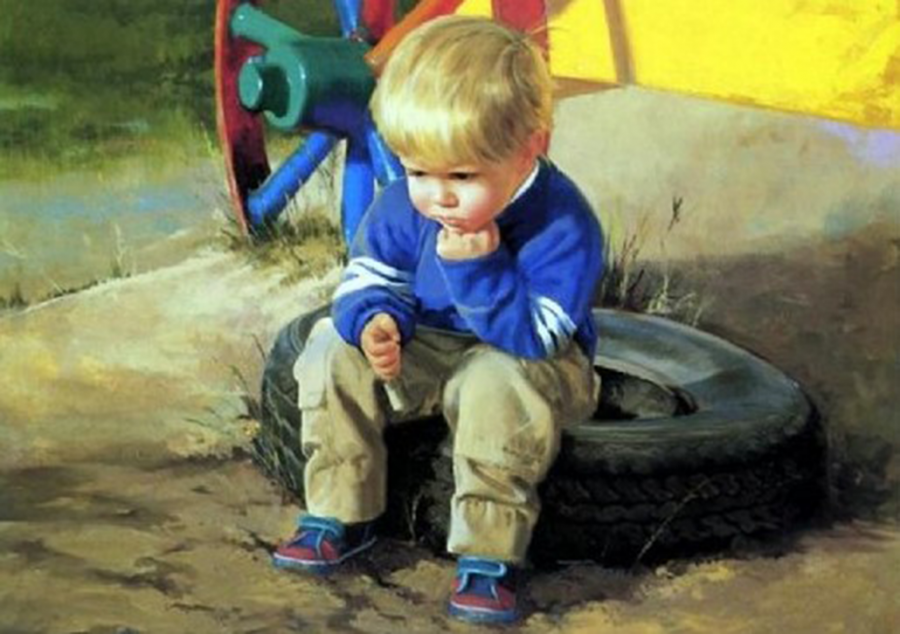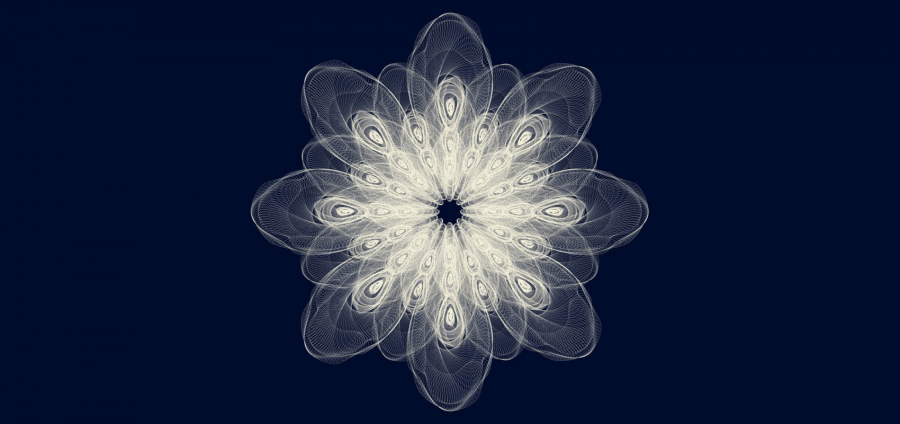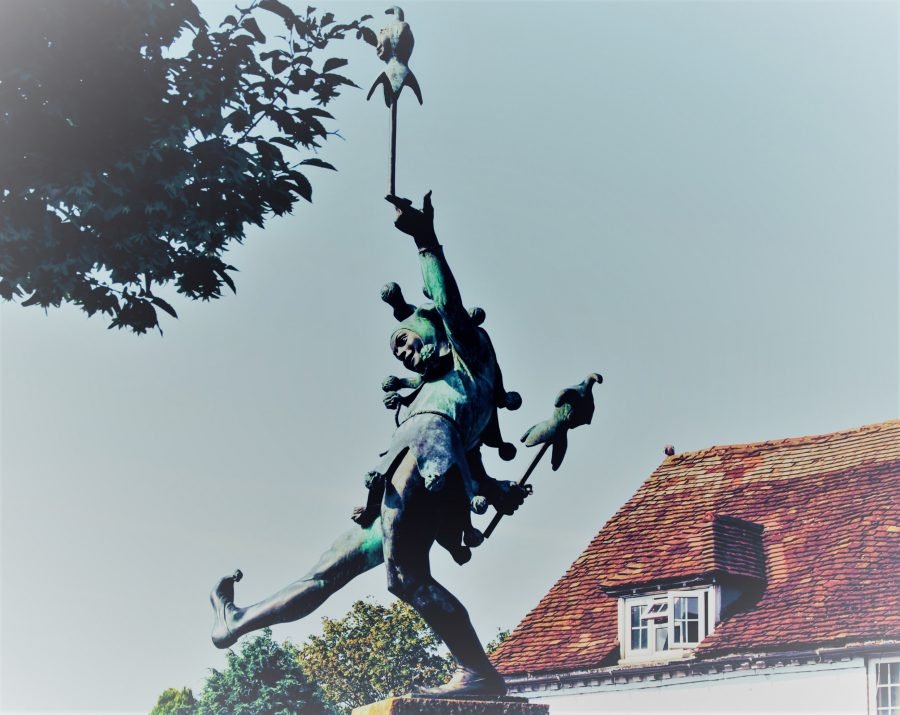The Way of the Fool
A Series on the Inwardness of Becoming
“The Fool is not a philosophy, but a quality of
consciousness of life.”
– Cecil Collins
The Way of the Fool
A Series on the Inwardness of Becoming
The Way of the Fool is an essay in six parts about the liminal space at the edge of deep psychology, philosophy, poetry, literature, mysticism, alchemy, and symbology. It traces the relationship between the two central characters of this blog, the Boy and the Fool, and accompanies them on their symbolic Fool’s Journey to the North Star. It is a journey into the inner world, sometimes conceptually described as the mythopoetic matrix.
The essays develop the theme of the Fool as an inner character with a particular task. He teaches the seeing with the inner eye, a perspective which overcomes contradictions and enables the experience of Becoming: being part of the edge of the universe which is looking back in on itself.
Imagination is so often thought of as opposed to that which is real, and a rich imagination is seen as fantastical and fanciful. However, between literal value and abstraction, there lies a third world, the mundus imaginalis.
Independent of any particular creed, the Fool leads the Boy to the threshold experience of metanoia, the discovery of his very own emergent belief and understanding of himself within the worlds he inhabits based on his own experiences which he has come to trust. It is neither blind faith nor thought construct nor abstraction, but the very real experience of an inner world as subtle and infinite as it is ineffable. It is as real as the outer and, just like it, can be grasped only in symbols.
“The underlying, primary psychic reality is so inconceivably complex that it can be grasped only at the farthest reach of intuition, and then but very dimly. That is why it needs symbols.”
– Carl Gustav Jung
The journey begins here:
About the Boy – Part I
Part I of The Way of the Fool. "The underlying, primary psychic reality is so inconceivably complex that it can be grasped only at the farthest reach of intuition, and then but very dimly. That is why it needs symbols." ...
Read MoreAbout the Boy – Part I
Part I of The Way of the Fool. "The underlying, primary psychic reality is so inconceivably complex that it can be grasped only at the farthest reach of intuition, and then but very dimly. That is why it needs symbols." ...
Read MoreA Wondrous Fellow Appears Out of the Darkness – Part II
Part II of The Way of the Fool. “There are human beings living in isolation and loneliness in the society of men who realise suddenly that they belong to the Fool.” – Cecil Collins
Read MoreWholeness is the Fool’s Business – Part III
Part III of The Way of the Fool.“Some souls learn nothing except from human masters; others have learned everything from invisible guides known only to themselves.” – Shihaboddin Yahya Sohravardi
Read MoreA Medley of Fools Heralds the Journey Within the Journey – Part IV
Part IV of The Way of the Fool. “To strengthen what is right in a fool is a holy task.” – I-Ching
Read MoreThe Quality of the Fool – Part V
Part V of The Way of the Fool. “The Fool is not a philosophy, but a quality of consciousness of life.” – Cecil Collins
Read MorePathways through the Mandelbrot Set – Part VI
Part VI of The Way of the Fool. Coming soon.
Read More





